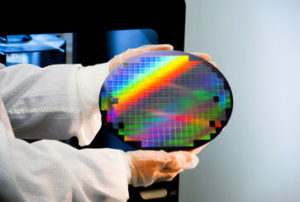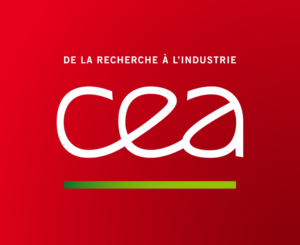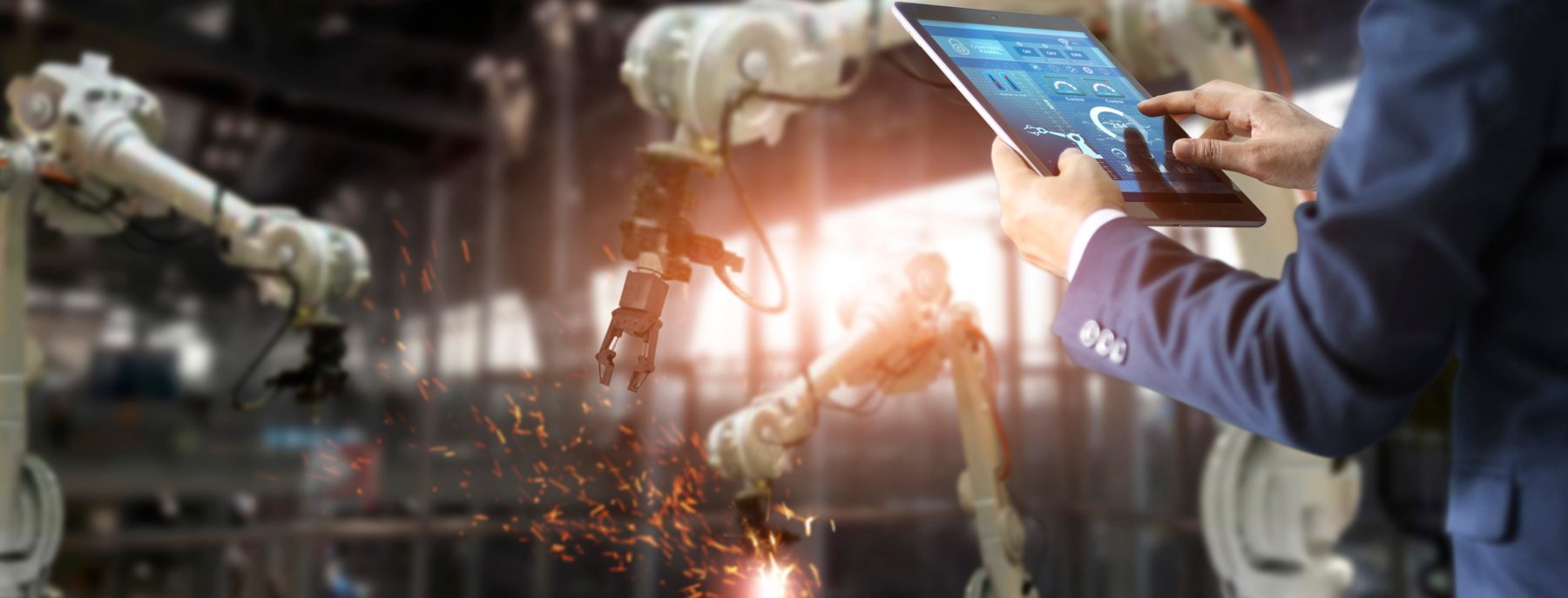CEA – Revolutionary 3D LED technology: more light, less cost
EARTO Innovation Awards 2016 – Impact Expected Category
First Prize
 LEDs have many advantages over traditional light sources: they are more efficient, emitting more light while consuming less energy and with a longer life-time. A broad LED deployment would therefore have huge environmental and economic benefits, but their high retail price is still an important barrier. This is why EARTO Member CEA has developed the wireLED™ technology, a new generation of 3D LEDs with drastically reduced production costs. This new LED technology should be commercialized by CEA spin-off Aledia in 2017.
Lighting represents 20% of all electricity usage today. The development of LEDs would thus have a major environmental and financial impact. Indeed, replacing all traditional lamps by LEDs would reduce the energy consumption in Europe by 9%, equivalent to €60bn, and the carbon emission by 42m tons/year. Moreover, the LED lighting market is forecasted to grow from €15bn today to €65bn in 2020, representing 60% of the worldwide lighting market. Nevertheless, as a prerequisite for such perspectives, LEDs’ prices must be significantly reduced.
LEDs have many advantages over traditional light sources: they are more efficient, emitting more light while consuming less energy and with a longer life-time. A broad LED deployment would therefore have huge environmental and economic benefits, but their high retail price is still an important barrier. This is why EARTO Member CEA has developed the wireLED™ technology, a new generation of 3D LEDs with drastically reduced production costs. This new LED technology should be commercialized by CEA spin-off Aledia in 2017.
Lighting represents 20% of all electricity usage today. The development of LEDs would thus have a major environmental and financial impact. Indeed, replacing all traditional lamps by LEDs would reduce the energy consumption in Europe by 9%, equivalent to €60bn, and the carbon emission by 42m tons/year. Moreover, the LED lighting market is forecasted to grow from €15bn today to €65bn in 2020, representing 60% of the worldwide lighting market. Nevertheless, as a prerequisite for such perspectives, LEDs’ prices must be significantly reduced.
 The LED lighting market is forecasted to grow to €65bn in 2020, representing ~60% of total lighting market
The LED lighting market is forecasted to grow to €65bn in 2020, representing ~60% of total lighting market Replacing all traditional lamps by LEDs would reduce Europe’s energy consumption by 9% or €60bn and carbon emission by 42m tons/year
Replacing all traditional lamps by LEDs would reduce Europe’s energy consumption by 9% or €60bn and carbon emission by 42m tons/year  By end 2017, Aledia should commercialize 3D LEDs at 50% below average selling price
By end 2017, Aledia should commercialize 3D LEDs at 50% below average selling priceMore information about this innovation
 The CEA – Alternative Energies and Atomic Energy Commission – is a French government-funded RTO and a prominent player in the ERA. The CEA is active in four main areas: low-carbon energies, defence & security, information technologies and health technologies. The CEA maintains a cross-disciplinary culture of engineers and researchers, building on the synergies between fundamental and technological research.
www.cea.fr
The CEA – Alternative Energies and Atomic Energy Commission – is a French government-funded RTO and a prominent player in the ERA. The CEA is active in four main areas: low-carbon energies, defence & security, information technologies and health technologies. The CEA maintains a cross-disciplinary culture of engineers and researchers, building on the synergies between fundamental and technological research.
www.cea.fr
< Previous Next >

